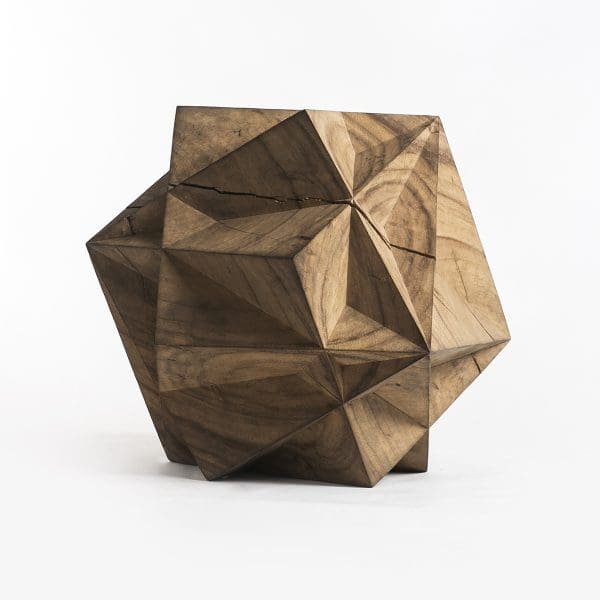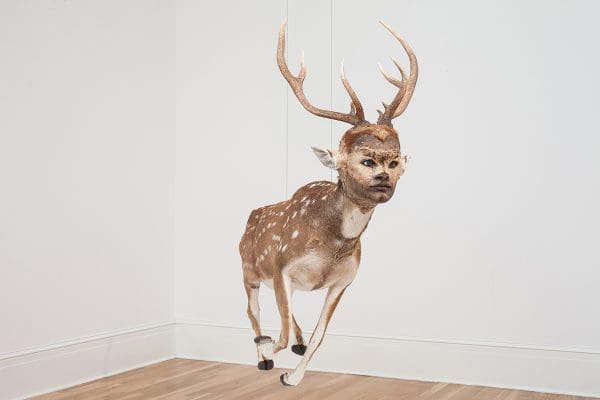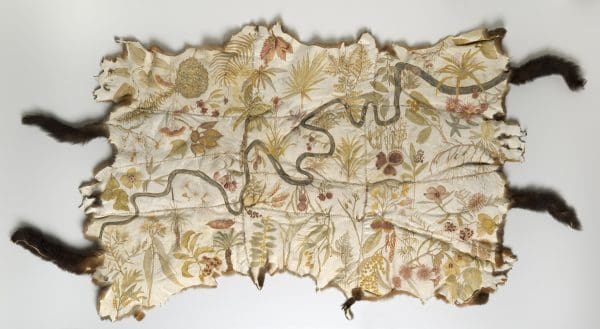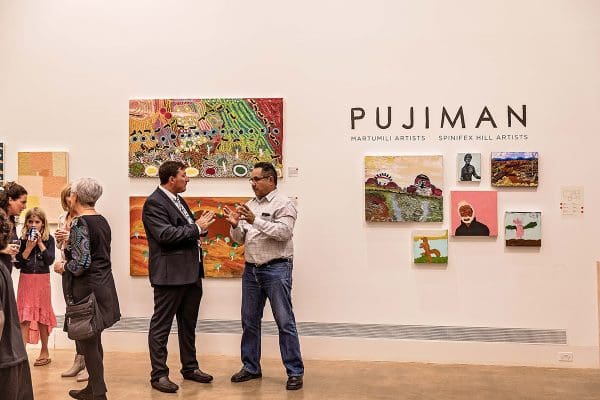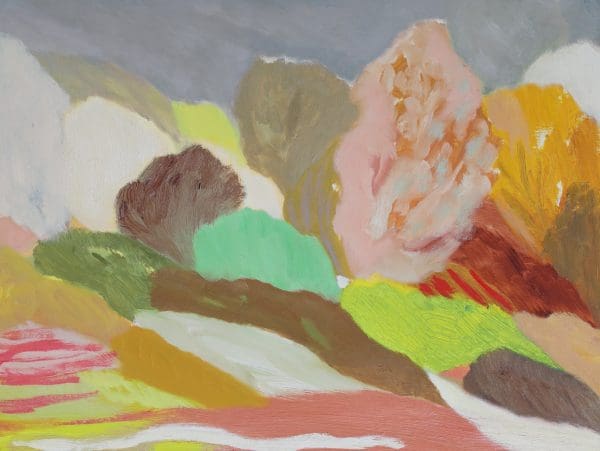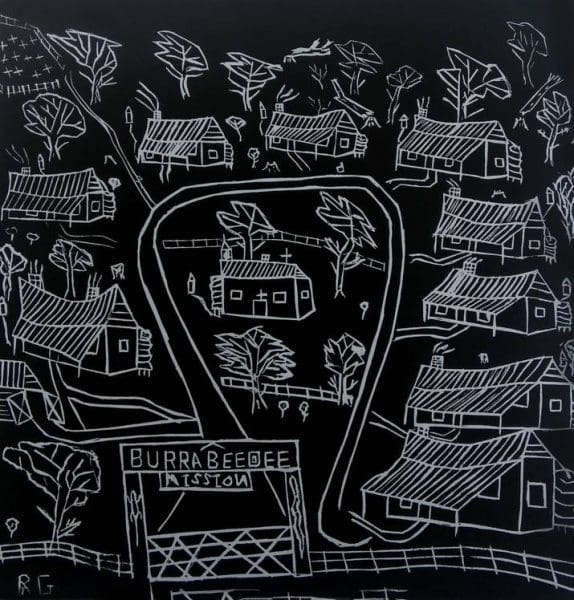
Richard Dunlop: A Northern Survey
A Northern Survey by Richard Dunlop is so formed; a tumbling of concerns about nature, paint and decorative tradition, which surface and resurface over the 20 years of painting it represents.
A Northern Survey by Richard Dunlop is so formed; a tumbling of concerns about nature, paint and decorative tradition, which surface and resurface over the 20 years of painting it represents.
Wiradjuri artist Amala Groom spent five years advocating for First Peoples’ rights and freedoms at the United Nations in New York and Geneva.
Off the north-west coast of the United States, Orcus Island is the place where Aleph Geddis grew up and did his training in wood carving. He uses no machines, only hand tools for his extraordinarily complex sculptures.
Ryoji Ikeda’s micro | macro consists of two massive projections and accompanying soundtracks.
Spanning paintings, drawings on wood and installation, Ferretti’s exhibition continues her characteristic blend between figurative scenes, alongside a tendency towards abstraction.
For Mandy Quadrio creating art is an act of asserting sovereignty. “The forms and images I make hold stories, but they’re also acts of resistance, allowing me to assert and reclaim my presence as a proud Palawa woman,” says the artist.
Kylie Elkington’s soft-hued botanical paintings recall the temperament and sincerity of Pre-Raphaelite works from the mid-19th century.
To coincide with the 200-year anniversary of the publication of Frankenstein, RMIT Gallery presents My Monster: The Human Animal Hybrid.
The links between portraiture and national history are complex and entwined. The group exhibition So Fine: Contemporary women artists make Australian history is exploring this relationship by using portraiture to reconsider and reimagine Australia’s dominant historical narratives.
The pujiman, meaning bush or desert born, were the last Indigenous Australians to live entirely nomadically.
“Dooralong is just a valley populated by horses, cows and trees, but it’s very beautiful to me,” says Belynda Henry of her home in New South Wales.
Showing at Devonport Regional Gallery, the Burnie-based artist’s work explores his ancestors’ past, alongside the emotion and memory of living on an Aboriginal mission.

